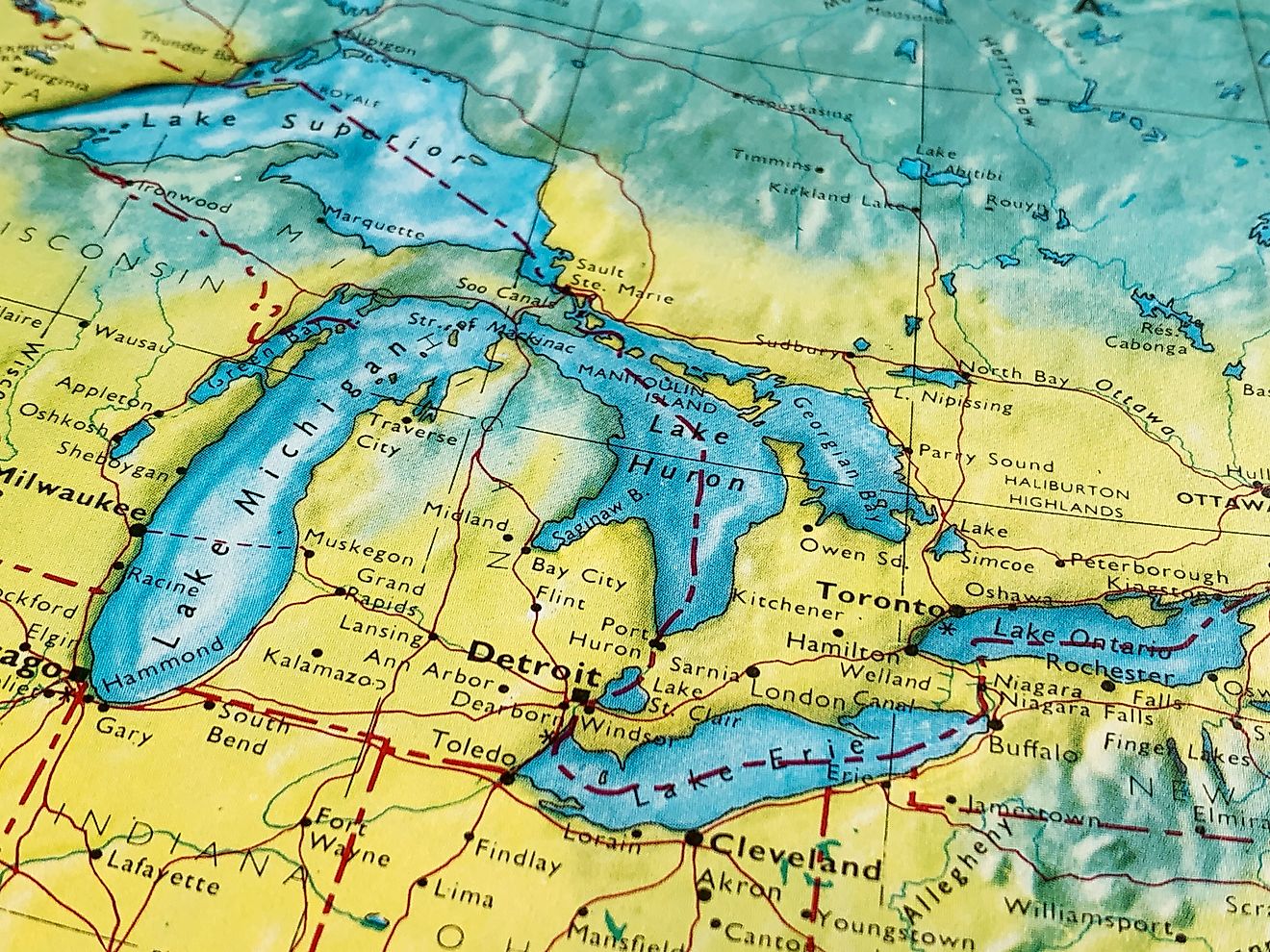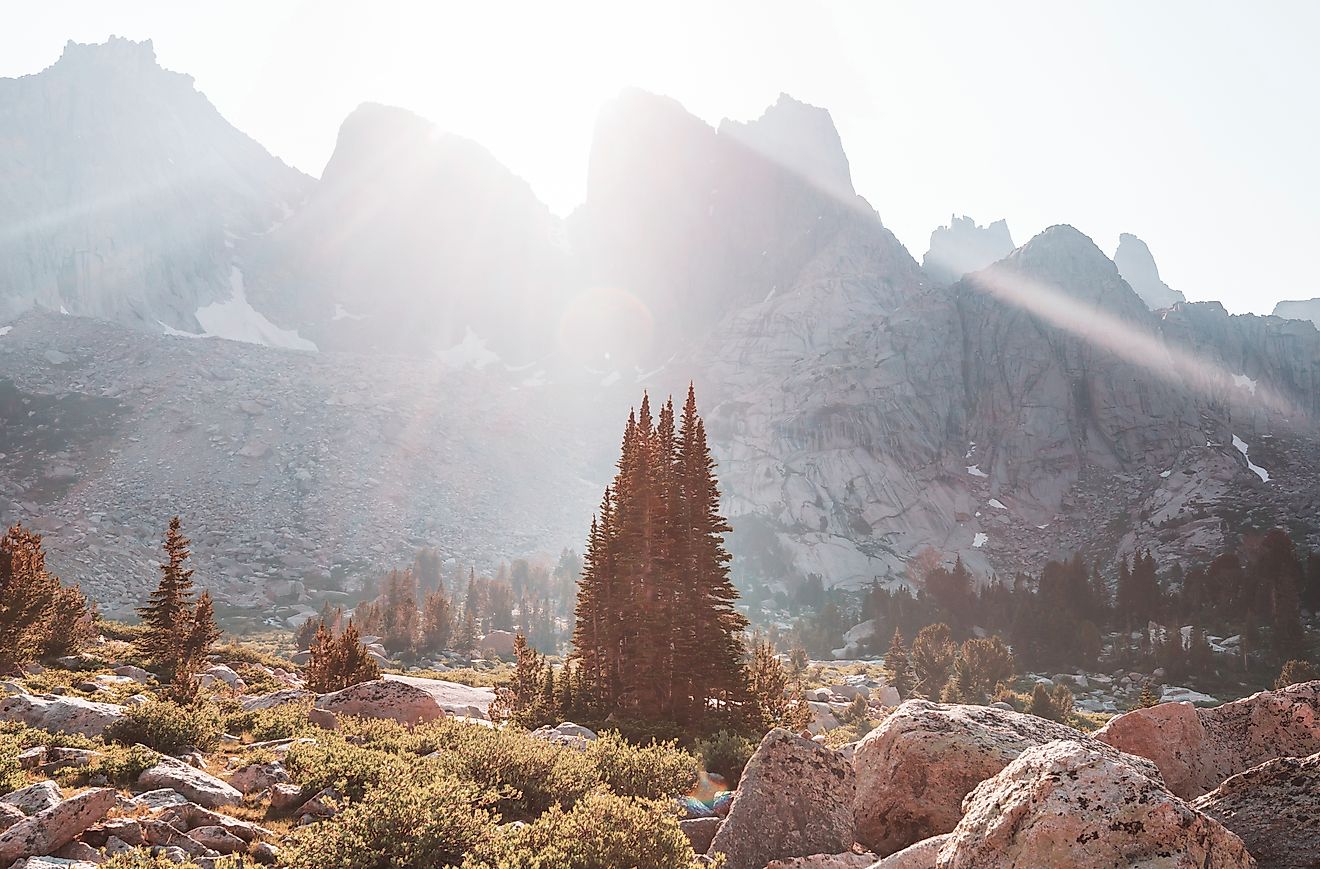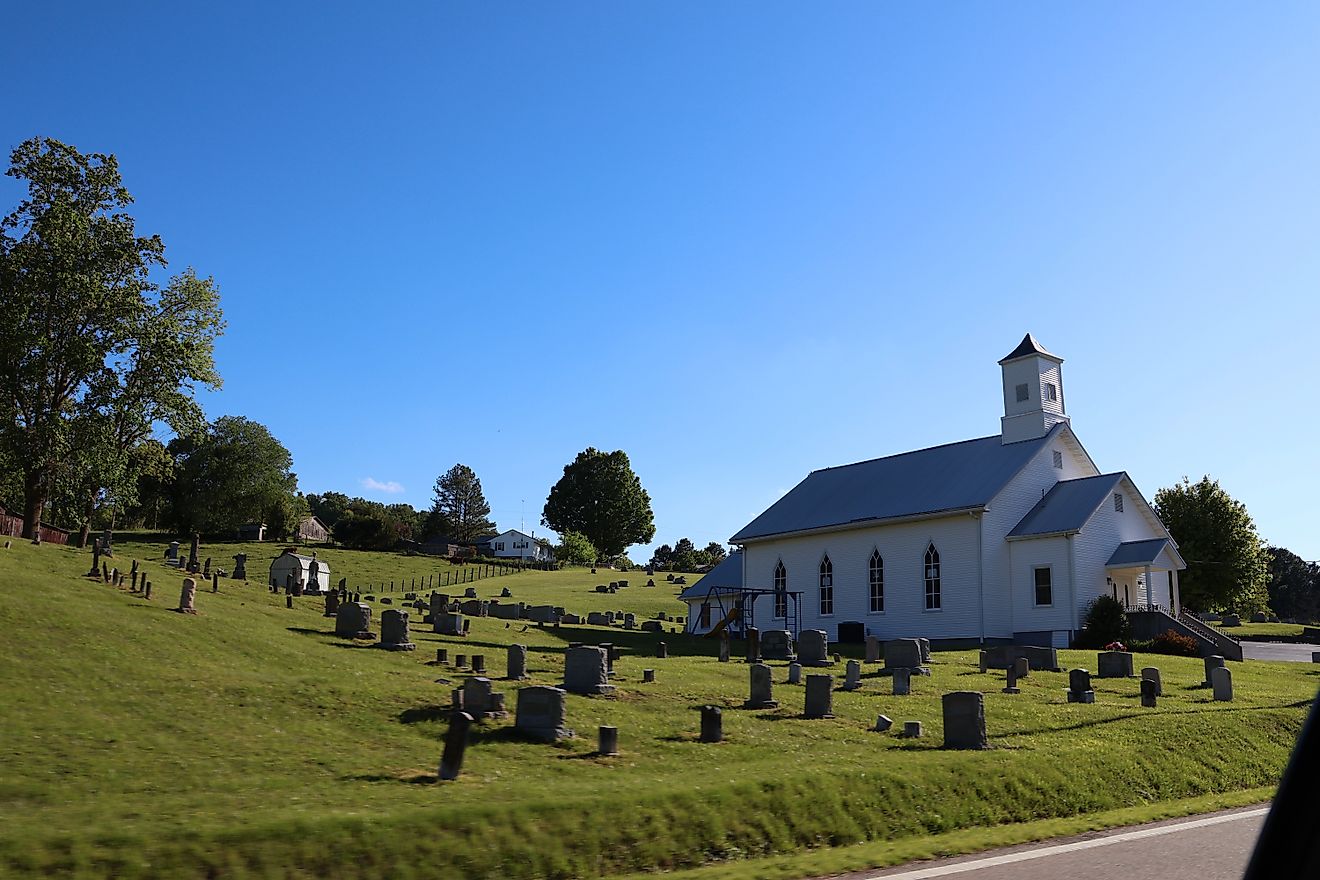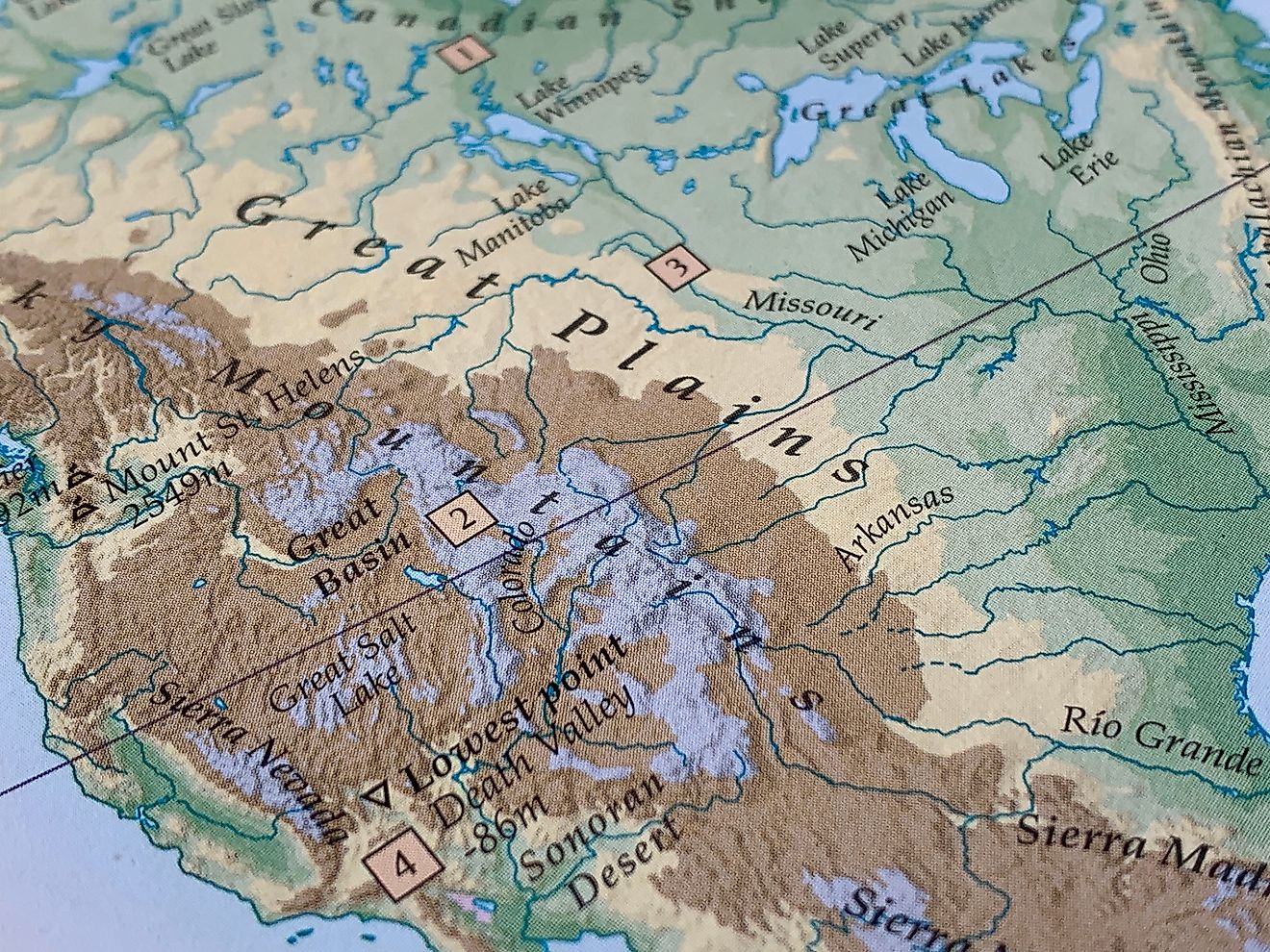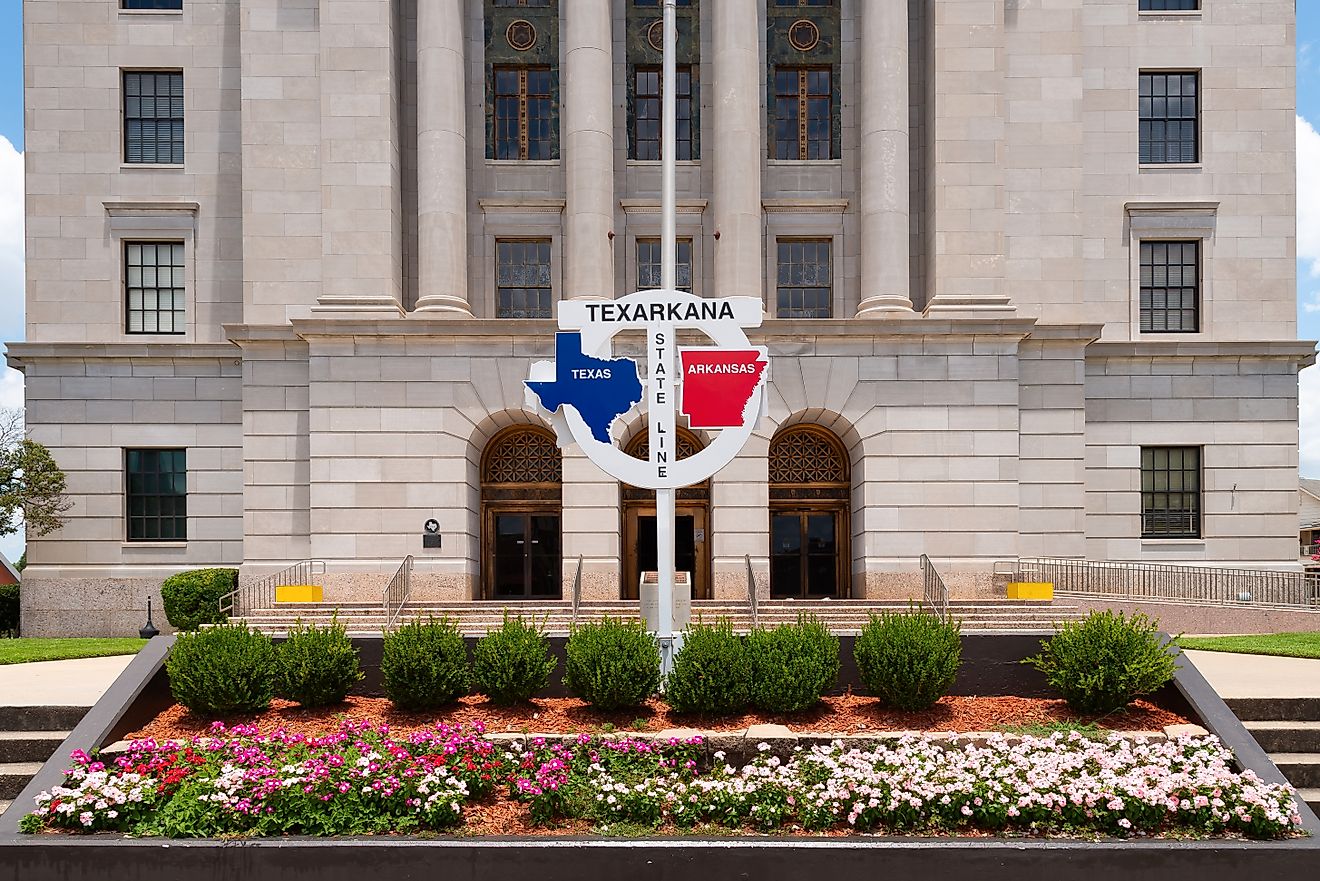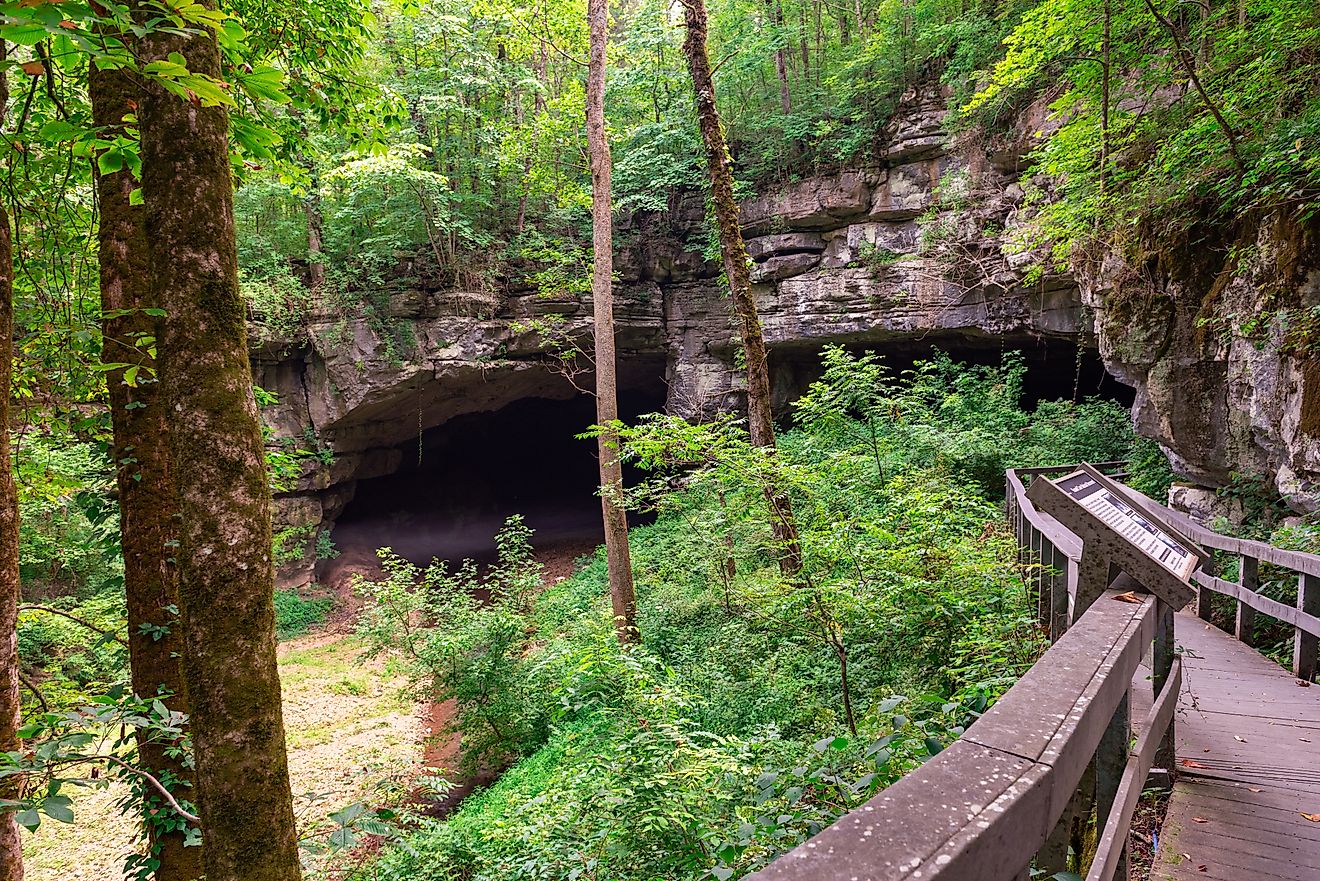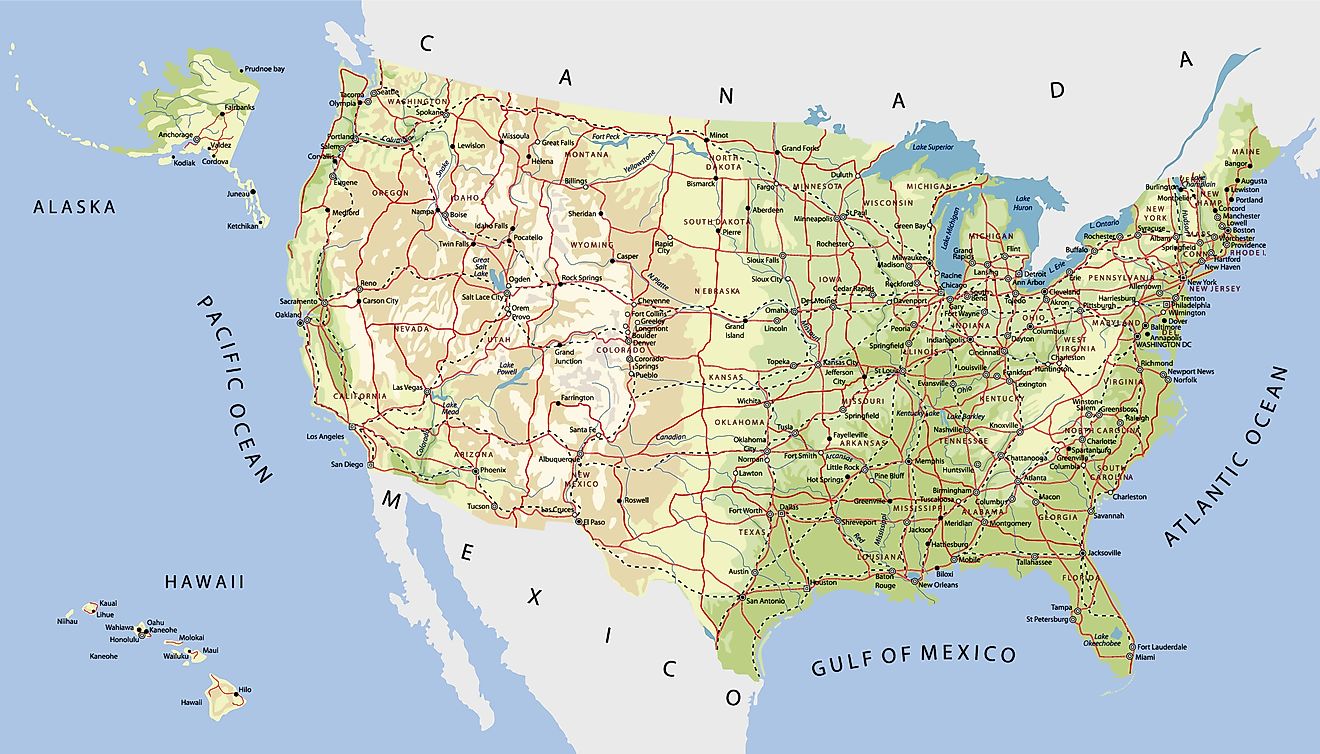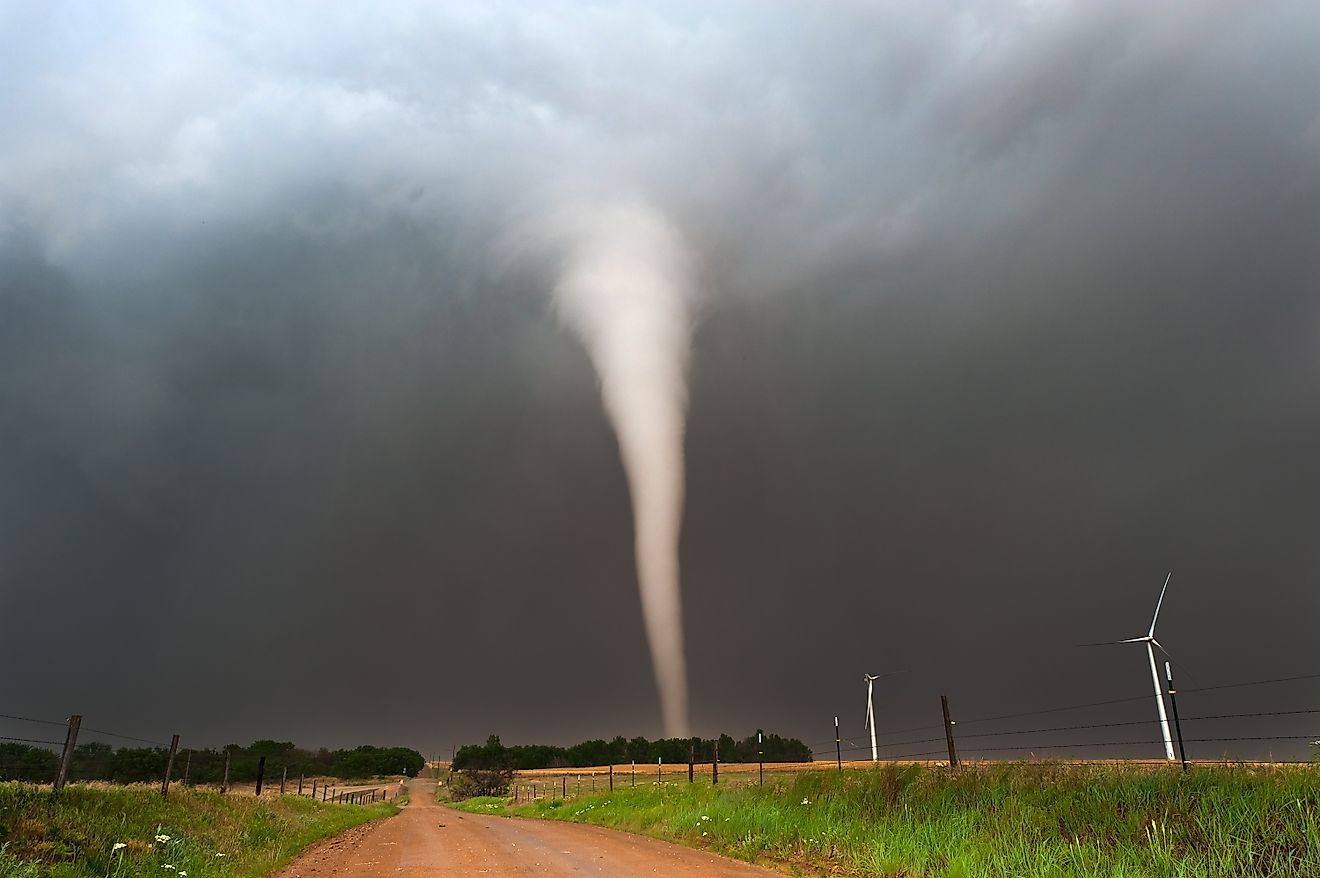
Atchafalaya Basin: The Largest Swamp in The United States
The Atchafalaya Basin is a place like no other in America. Sprawling across nearly one million acres of southern Louisiana, this vast swamp is the largest wetland and swamp system in the United States. It is a mysterious, beautiful, and sometimes unforgiving landscape where cypress trees rise out of still, tea-colored water and wildlife thrives in ways rarely seen elsewhere.
Despite its size and ecological importance, the Atchafalaya Basin remains relatively unknown to many Americans. For those who venture into its flooded forests and winding bayous describe the experience as "unforgettable." This is a region steeped in Cajun culture, river history, and raw, wild beauty.
Where Is the Atchafalaya Basin?
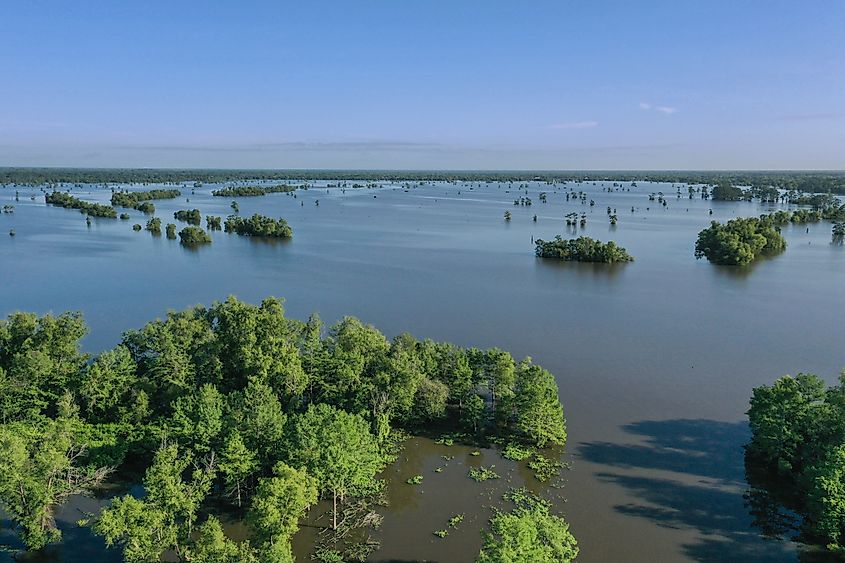
The Atchafalaya Basin stretches roughly 140 miles from near Simmesport in central Louisiana down to the Gulf of America. It is bounded by the Mississippi River on the east and the Atchafalaya River on the west. The heart of the swamp lies between Baton Rouge and Lafayette, although its reach is far greater.
This isn’t just one continuous swamp. It is an interconnected system of wetlands, swamps, bayous, and lakes. In fact, it’s one of the few places in the world where a river delta is building land rather than losing it.
What Makes It So Special?
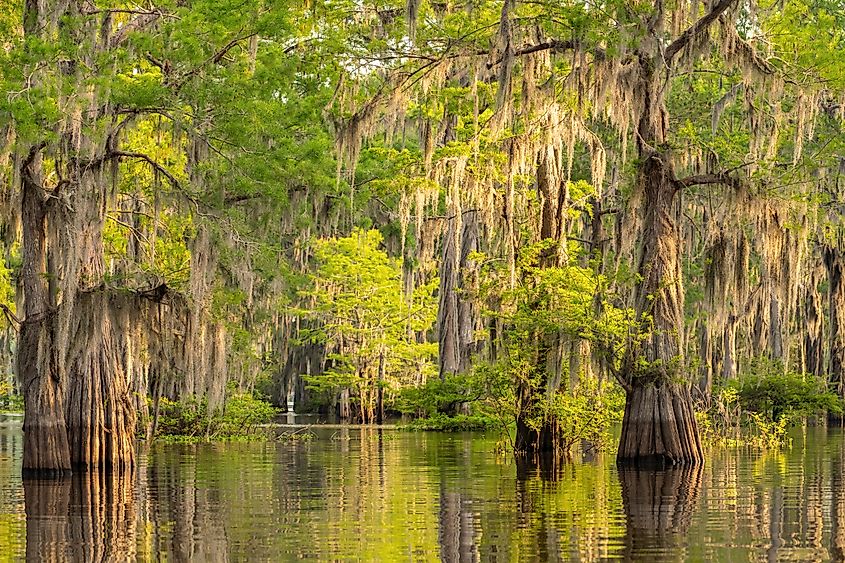
At nearly a million acres, the Atchafalaya Basin dwarfs other swamps in the United States. But size isn’t everything. What sets the Atchafalaya apart is its sheer diversity. This is a place where ecosystems meet. Where hardwood forests, freshwater swamps, and slow-moving rivers blend into one another.
The basin is home to over 270 species of birds, including roseate spoonbills, ospreys, and bald eagles. Alligators, black bears, otters, and countless fish species make their home here. Each season brings a different rhythm to the basin, from the spring floods that swell the rivers to the dry autumns that open up hidden trails and sloughs.
It’s also a living cultural landscape. Many Cajun and Creole families still depend on the swamp for fishing, crawfishing, and trapping. Their boats, music, and recipes are part of the region’s deep-rooted identity.
A Swamp Built by Rivers

The Atchafalaya Basin exists thanks to two mighty rivers: the Mississippi and the Atchafalaya. Thousands of years ago, the Mississippi shifted its course many times, carving new channels and leaving behind wetlands. The Atchafalaya River, a distributary of the Mississippi, began to carry more and more water over time.
Today, the U.S. Army Corps of Engineers manages the flow between the two rivers to prevent the Atchafalaya from completely capturing the Mississippi’s course. If that happened, cities like Baton Rouge and New Orleans would lose their main waterway. The Old River Control Structure is what currently holds the balance in place.
Despite this control, the Atchafalaya Basin remains a dynamic, living system. Sediment from the Mississippi builds up in the basin, helping to create new land and slow down coastal erosion. In an age when Louisiana’s coastline is vanishing at an alarming rate, the Atchafalaya is a rare bright spot.
The Beauty of the Basin
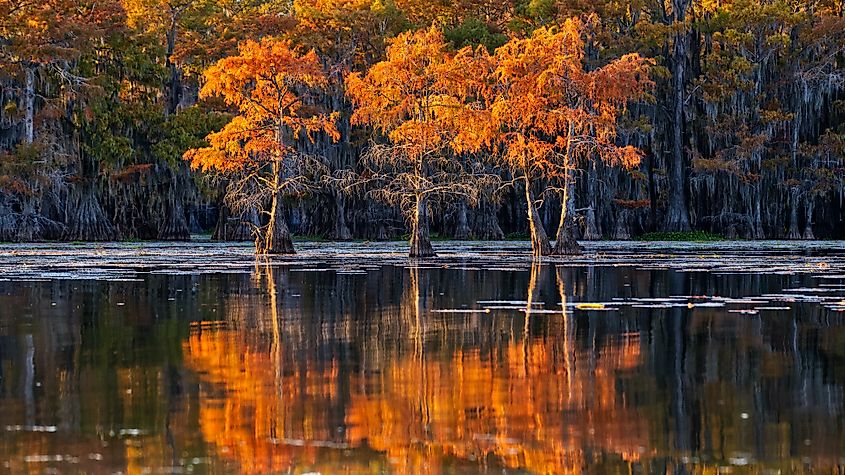
Visiting the Atchafalaya Basin feels like stepping into another world. Bald cypress trees draped with Spanish moss line the bayous. Egrets take flight across glassy water. Sunsets turn the sky orange and purple as frogs and insects create a symphony at dusk.
You don’t have to be an expert outdoorsman to enjoy the basin. In fact, there are several ways to explore:
-
Boat Tours: Cajun-guided swamp tours offer a safe and informative way to navigate the bayous. You’ll likely spot gators, birds, and historic fishing camps.
-
Paddling: Canoeing and kayaking routes allow for quiet, up-close experiences in remote parts of the basin.
-
Fishing: Bass, catfish, crappie, and bream are plentiful in the basin’s waters. Anglers travel from around the country to fish here.
-
Birding: With hundreds of species to spot, the Atchafalaya is part of the Mississippi Flyway, one of the most important bird migration paths in the US.
Life in the Swamp
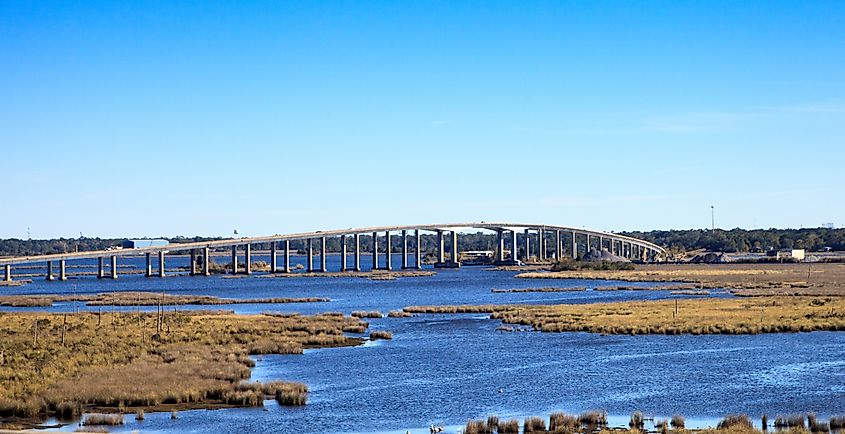
The basin has long been home to people who have learned to live with its rhythms. Generations of Cajun families have trapped fur-bearing animals, harvested crawfish, and fished these waters.
Their culture is distinct and deeply tied to the land. From the French dialects still spoken in some households to the accordion-rich zydeco music heard at local festivals, the Atchafalaya is a place where tradition thrives.
Communities like Henderson, Butte La Rose, and Morgan City sit on the swamp’s edge, offering authentic food, local shops, and insights into life in the basin. You can grab a plate of crawfish étouffée, hear Cajun fiddle tunes at a dance hall, or stop by a bait shop that’s been run by the same family for generations.
Environmental Importance
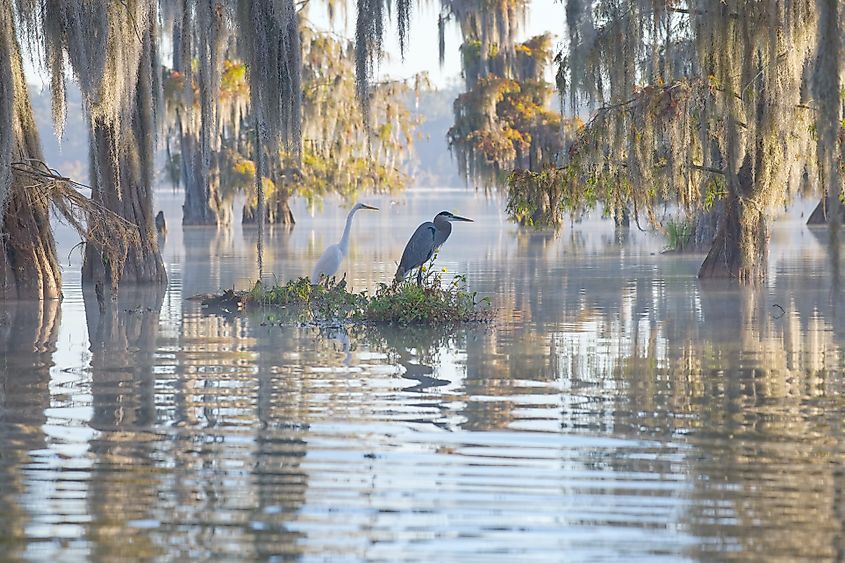
The Atchafalaya Basin plays a critical role in the ecological health of the Gulf region. It filters water, supports biodiversity, and acts as a buffer during hurricanes and floods. Its wetlands absorb excess rain and runoff, reducing the risk of catastrophic flooding in nearby cities.
Yet the swamp faces threats. Oil and gas development, pollution, and sediment mismanagement have taken their toll. Invasive species like the nutria rat and giant salvinia plant have disrupted native ecosystems. Conservationists are working to protect the basin, but the challenges are significant.
The Atchafalaya also illustrates the broader water management struggles facing the United States. Balancing flood control, river navigation, and environmental preservation is no easy task, especially as climate change increases pressure on these systems.
A Swamp in Film and Folklore
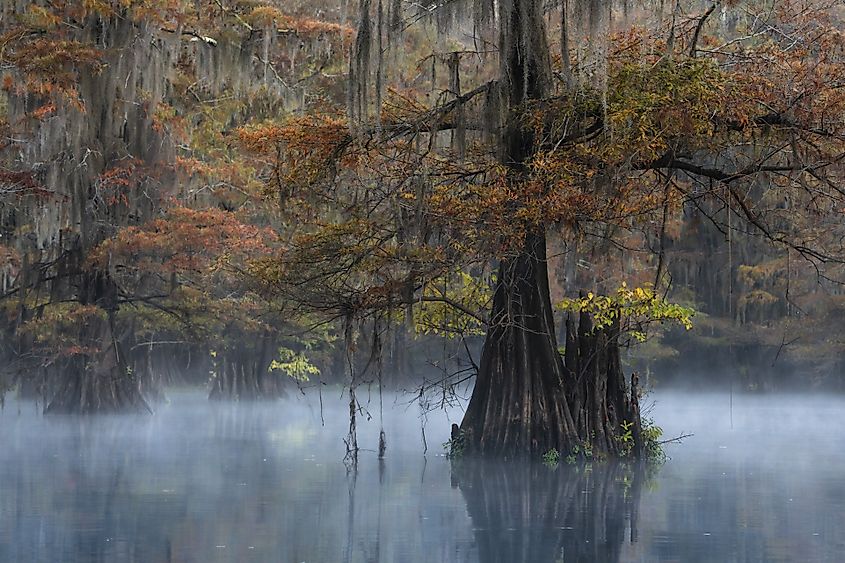
Hollywood has occasionally turned its lens on the Atchafalaya. Scenes from “Beasts of the Southern Wild” and episodes of “Swamp People” have helped introduce the basin to a wider audience.
But locals will tell you that the swamp’s true magic can’t be captured on a screen. There are stories of mysterious lights in the water, legendary swamp creatures, and secret spots known only to those who’ve spent their lives here.
How to Visit
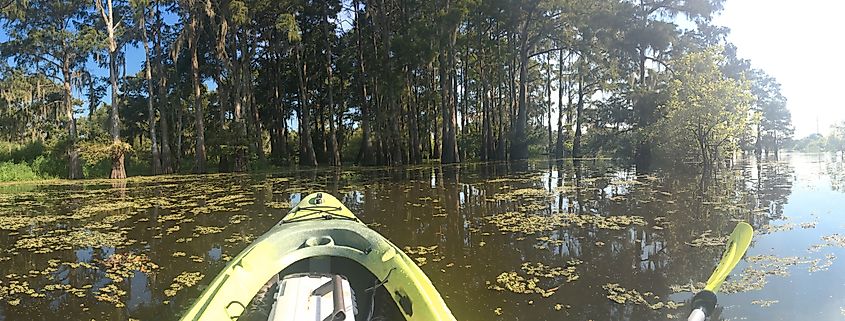
The Atchafalaya Basin is accessible year-round, though spring and fall offer the best weather. Here are a few starting points:
-
Atchafalaya Welcome Center (near Butte La Rose): A helpful stop for maps, exhibits, and local recommendations.
-
Henderson Lake: A popular spot for airboat and fishing tours.
-
Breaux Bridge: Known as the “Crawfish Capital of the World,” this nearby town is rich in Cajun culture and cuisine.
-
Morgan City: On the southern end of the basin, it provides access to the lower swamps and coastal areas.
Pack light, wear breathable clothing, and don’t forget insect repellent. Even in cooler seasons, the swamp is home to mosquitoes and other biting bugs.
Why It Matters

The Atchafalaya Basin may not be a household name, but it’s one of America’s most vital natural treasures. It protects coastlines, nurtures wildlife, preserves unique cultures, and serves as a reminder of how much life a swamp can hold.
In an era where wetlands are vanishing and ecosystems are pushed to the brink, the Atchafalaya stands out. It is not untouched, but it is still alive, still thriving, and still full of wonder.
Whether you come for the fishing, the music, the wildlife, or the sheer beauty of it all, one thing is certain, the Atchafalaya Basin leaves an impression. It’s not just the largest swamp in the United States. It’s one of the most fascinating places in North America.
Q&A: Atchafalaya Basin
Is the Atchafalaya Basin open to the public?
Yes. Much of the basin is accessible via public boat launches, tours, and state-managed lands. Private lands also exist, so always check access rules.
What animals live in the Atchafalaya Basin?
Alligators, black bears, otters, egrets, herons, spoonbills, turtles, frogs, snakes, and hundreds of fish and bird species.
Can you fish in the Atchafalaya?
Absolutely. Fishing is one of the most popular activities. You’ll find largemouth bass, crappie, catfish, and more.
Are there hiking trails?
Some levees and surrounding parks offer hiking, but much of the basin is best explored by boat or kayak due to the waterlogged terrain.
How do you pronounce Atchafalaya?
Uh-CHA-fuh-LIE-uh. It’s a word of Choctaw origin meaning “long river.”
